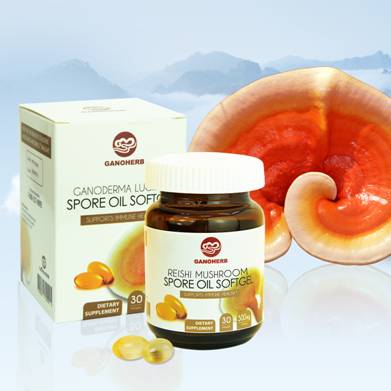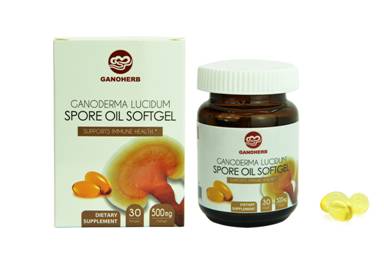The Selection of Premixes in Feed Plants and Farms and Problems Needing Attention
With the development of the feed industry, premixes in feeds have undergone great changes, and premixes of different manufacturers, different levels, and different proportions have been continuously produced, making many feed plants and farms inaccessible, and the selectivity of feed mills and farms Great. To better help users, the technical department of Beijing Huadu Feed Co., Ltd. summarized the production and after-sales service of the premix for several years regarding the complexity of the premix market, and put forward some experiences and views on the selection of premixes for you to buy. Pre-mixed reminder. I. Selection of Feed Mix Plants and Farm Premixes The selection of feed premixes by feed mills and fish farms is relatively complex. The main considerations are livestock and poultry breeds, feeding stages, addition rates, manufacturers, product prices, and product quality. However, when selecting feed premixes, feed mills and farms should not only consider the livestock and poultry breeds but also the feeding phase. The first problem encountered is the selection of premix ratios. Premixing ratios are mainly selected from the following aspects: (1) Size of production. Generally speaking, the larger the scale of production, the smaller the proportion of the selected additive. The monthly production or the use of 500 tons of feed mills and farms can select 1% or 0.5% of the premix. The main reason is that the ratio is too large. Premixes are often difficult to adjust on the formulation, resulting in high total cost; choosing to add a small proportion of premix, if the mixing coefficient of the mixer is too large and easy to mix unevenly, resulting in lack of nutrients in farmed animals, while buying various Raw materials, such as multi-dimensional, multi-mineral, and amino acids, occupy a large amount of funds, and sometimes there are many unfavorable factors such as additive expiration. For feed mills and farms with monthly production or dosage of 100-300 tons, 1% premix is ​​generally selected, and feed mills and farms with less than 100 tons generally choose 3-5% premix, which is good for the performance of the mixer. The factory (farm) home can also consider using 1% premix. For a plant or farm that exceeds monthly production or uses more than 500 tons, if the mixing performance of the mixer is good, 0.5% or more multidimensional or multi-mineral products are generally used. (2) The choice of premix manufacturer or brand. After selecting the proportion of premix, it is necessary to select the brand or manufacturer of the premix. Before choosing, it should be understood that some manufacturers choose the object, mainly the reputation and quality of the manufacturer, so that they can choose in production. When selecting, we mainly choose the manufacturer with good product quality, appropriate price and timely after-sales service. When considering prices, we remind you that we should consider various aspects and do not blindly pursue low prices. In particular, farms should pay more attention to this issue because manufacturers, distributors, and users are all considering price and quality ratio issues. The price is likely to cause low quality, the production performance of livestock and poultry is not easy to play, the input-output ratio is too small, and it will also affect your profits. Therefore, when you decide to choose the product level, you must calculate your input-output ratio. Second, when the premix choice should pay attention to when selecting the premix should pay attention to the following issues: (1) The appearance should not be judged as good or bad. This is because the premix is ​​mainly composed of vitamins, trace elements, choline, amino acids, drugs, growth promoters, and carriers. The premix is ​​determined by a carrier. The appearance of different premixes on the carrier is also different. The appearance of inadvertent ingredients can cause erroneous judgments. (2) It should not be judged by smell. The odors in the premix are mainly choline, B vitamins, and drugs. Some manufacturers add flavoring agents to cover these odors and should pay attention to these issues when choosing.
Ganoderma Lucidum Spore Oil Softgel (Reishi mushroom spore oil softgel) uses organic shell-broken Ganoderma
spore powder as ingredients, combined with our patented supercritical CO2 extraction
technology, making it the ultimate Ganoderma dietary supplement product on the
market with the highest purity.
When it comes to
dietary supplement product, safety is always the top priority. Our Ganoderma
ingredient comes from our self-built Ganoderma farm, which has acquired 4
organic certifications from China, Japan, the US, and the EU. We make sure
every step of the whole process is safe
and traceable without any kind of contamination.
The supercritical
CO2 extraction technology uses liquefied CO2 as a solvent to dissolve spore oil from shell-broken
spore powder under hyperbaric environment. After CO2 evaporates, it
is left with pure Reishi Spore Oil. This
method makes sure that no chemical reagent will be left in the spore oil during
the extraction process while still maintaining the highest purity. The
triterpenes content in this product is as high as over 20%.
Ganoderma spore
oil is great for people with severe chemical liver damage due to long-term drinking
and high pressure. It also assists cancer treatment and helps reduce the side
effects from chemo and radiotherapy and
greatly increase the level of immune cells. Reports have shown that Ganoderma Oil can inhibit the growth of internal and external tumor, with a success
rate of 56.3%.
Recommended
dosage: 2 times a day, 2 capsules each time.
Ganoderma Lucidum Spore Oil Softgel,Reishi Spore Oil,Ganoderma Oil Ganoherb International Inc. , http://www.ganoherb.us
